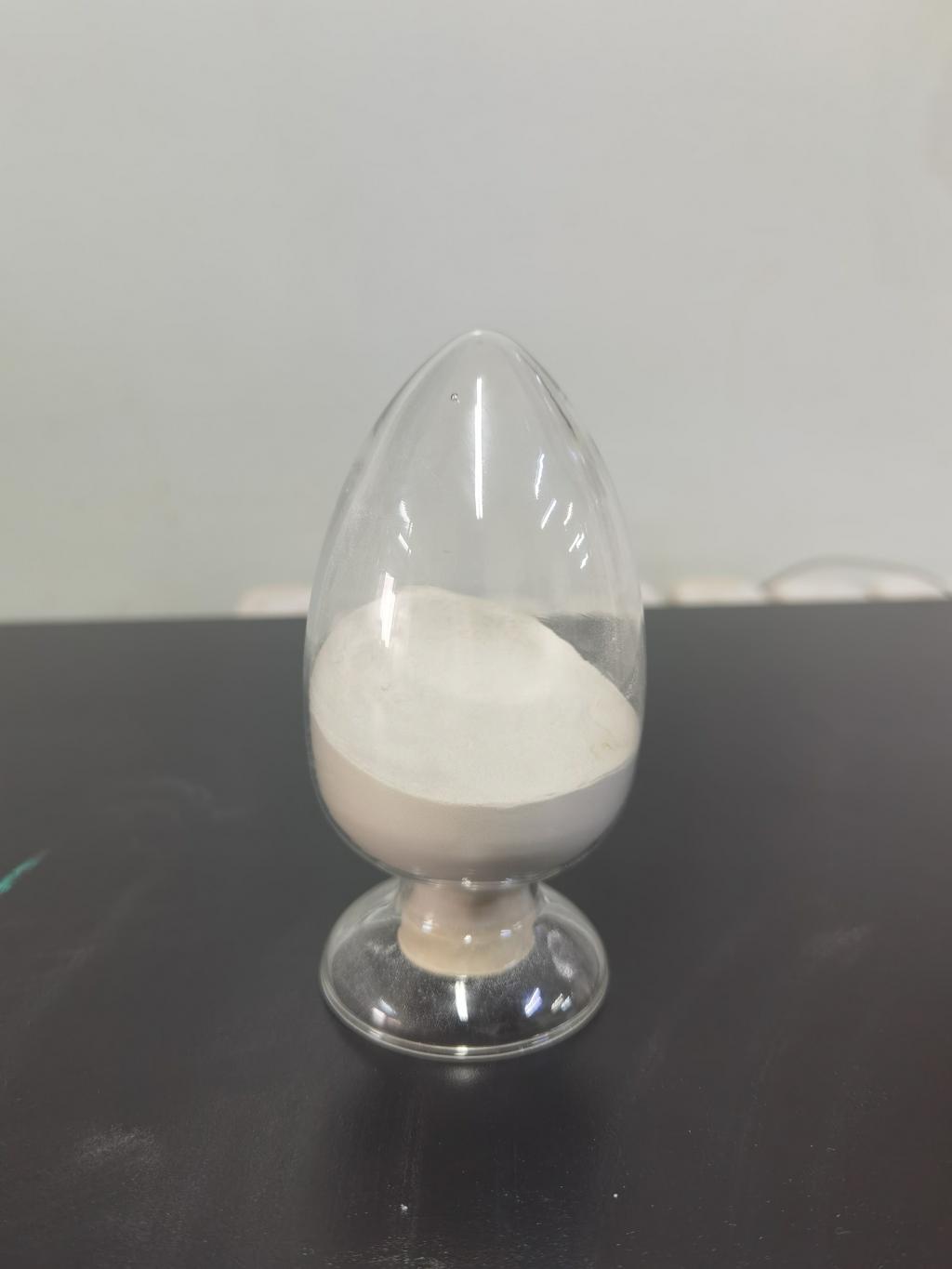Tel:0086 18231198596

News
Current Position:
Home >
News
>Nisin's Journey in Popular Culture: From Science to Consumer Awareness
Nisin's Journey in Popular Culture: From Science to Consumer Awareness
TIME:2024-01-31
I. The Scientific Genesis:
Nisin was first discovered in 1928 by Dr. Albert Kluyver and Dr. Willem van Iterson, Dutch scientists who isolated it from a strain of Lactococcus lactis. Initially, its antimicrobial properties were recognized within the scientific community, and it was primarily studied for its potential in preserving dairy products. The early decades saw limited application, as research focused on understanding its mechanisms and refining production methods.
II. Industrial Applications and Food Preservation:
As research into Nisin advanced, its potential for enhancing food preservation became evident. The food industry, always on the lookout for safe and effective preservatives, began to adopt Nisin in the mid-20th century. It proved particularly effective against Gram-positive bacteria, including the notorious strains responsible for food spoilage.
III. Regulatory Approvals and Safety:
The widespread adoption of Nisin in food processing prompted regulatory agencies to scrutinize its safety profile. Over the years, numerous studies affirmed its safety for human consumption, leading to approvals by regulatory bodies such as the U.S. Food and Drug Administration (FDA) and the European Food Safety Authority (EFSA). This paved the way for broader applications in the food industry.
IV. Nisin's Role in Modern Food Technology:
Nisin's efficacy in inhibiting bacterial growth without affecting the sensory qualities of food made it a valuable tool in modern food technology. It became a staple in the preservation of a variety of products, ranging from dairy and meat to canned goods and snacks. Its versatility and ability to extend shelf life without resorting to synthetic preservatives contributed to its widespread adoption.
V. Consumer Awareness and Demand for Natural Ingredients:
With the growing awareness of the impact of synthetic additives on health, consumers began to seek out natural alternatives. This shift in consumer preferences aligned with Nisin's natural origin and safe track record, positioning it as an attractive choice for food manufacturers. The demand for clean-label products fueled the incorporation of Nisin into a wide array of foods, further solidifying its presence in the marketplace.
VI. Nisin in the Fight Against Antibiotic Resistance:
Beyond its role in food preservation, Nisin gained attention for its potential in addressing antibiotic resistance. Research indicated that Nisin exhibited antimicrobial activity against various pathogenic bacteria, including antibiotic-resistant strains. This dual functionality – as a food preservative and a potential therapeutic agent – heightened interest in Nisin within the scientific and medical communities.
VII. Challenges and Future Prospects:
Despite its success, Nisin faces challenges, including the need for continuous research to explore its full potential and overcome limitations. Questions about its stability in different food matrices, optimal usage concentrations, and potential interactions with other ingredients remain areas of ongoing investigation.
Looking ahead, Nisin's journey is likely to continue evolving, with advancements in technology, increased consumer awareness, and a growing emphasis on natural and sustainable solutions. Its story exemplifies the dynamic interplay between scientific discovery, industrial application, and societal trends, illustrating how a once niche antimicrobial agent can become a staple in both our kitchens and our collective consciousness.

 CONTACT
CONTACT




